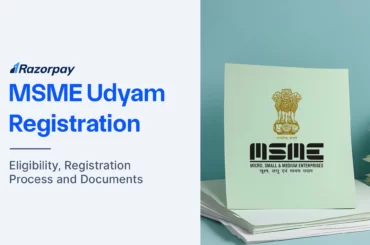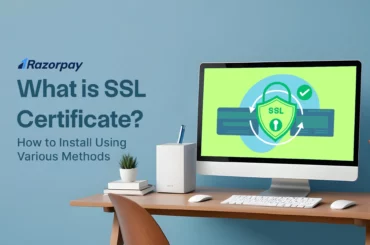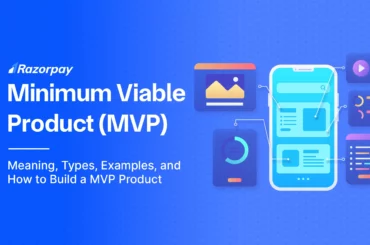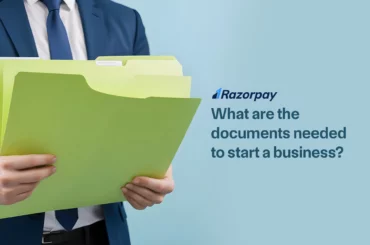If you’re familiar with anything related to digital marketing, you may have heard the term SEO and optimization one too many times.
So, what is SEO? Why is it so relevant and why does everyone keep stressing out so much about it?
To start off, SEO is short for Search Engine Optimization (SEO) and is the process of increasing the quality/quantity of website traffic. This can be done by increasing the visibility of a website or a web page to target users of a particular web search.
As you may know, Google is the largest search engine and accounts of most of the traffic on the Internet. With almost every company taking their business online, SEO is arguably one of the most important metrics to measure success and reach of your brand.
It can be easy to get lost in a flood of opinions on “groundbreaking†or “killer†strategies that are all over the internet. But it’s important not to lose focus on the basic do’s and don’ts before you delve into the specifics.
We’re here to let you in on a few common mistakes that people end up making that might affect them later and to make sure you stay away from them. So, here goes, six SEO mistakes to avoid making while you’re running a website!
#1 Broken links
One of the easiest things to overlook, broken links can be a dampener to your SEO rank. A broken link can cause your page to rank negatively.
A broken link is essentially a website/page that doesn’t exist. This can be due to many factors like the website not working or taken down or even just a typo in the URL. The search engine doesn’t like to crawl the web pages that return a 404 error code because simply put, it wastes their time and resources.
When you backlink these sites in your on-page content, this can cause your page rankings to fall. Hence, it’s best to exercise caution whilst uploading links to your site. Also, make sure to keep a regular check of these links, every once in a while.
TLDR: Broken links= Low ranking
#2 Poor quality content
As a rule of thumb, it’s important to know that your page will rank higher only when the content is relevant and is of good quality. After all, the popular digital marketing phrase “Content is King†stems from this.
With millions of websites trying to make their way to the top with keyword stuffing and other such ways, the only way to stay on top of the game is to be authentic.
Poor quality content is not just limited to the absence of any value-adding factors like infographics, graphs, etc. but also includes a whole other category– plagiarism.
In a world with millions of articles and opinions on the same topic, originality remains a key factor in making your content rank on top. Duplicated content can be easily detected by the search engines and will affect your ranking severely if found plagiarized.
TLDR: Copied content is a big no-no.
#3 Keyword stuffing
Keywords are essential to improve SEO but overdoing it can also end it for you. A particular keyword like “Tourist Spots in Bengaluruâ€, should be strategically used in your blog.
Keyword stuffing may lead users to your site (deceptively at that), but adds no real value to your content and may be useless to your audience. Therefore, instead of simply overstuffing the content with keywords, focus on the relevant targeted keywords that will help you rank well on the search engine.
Also, make sure to avoid phrases that make the content seem unnatural. After all, your content floats only when it makes sense. If the reader notices keywords being stuffed in some corner of the page without any relevance, it can even affect the reputation of your company.
TLDR: All those keywords! It’s a bit stuffy here, isn’t it?
#4 SEO for images
One of the easiest things to overlook while writing a blog is the “alt-text†that’s used in images. The alt-text is somewhat of a caption that displays when a cursor is run over it. This attribute, while mostly ignored, can greatly contribute to the SEO of the page.
An alt-text can even include primary keywords to boost your SERP (Search Engine Ranking Position). In short, never forget to optimize your alt-text, if you’re looking for better results.
TLDR: A picture is worth a thousand (key)words.
#5 Slow website
In the era of high-speed internet, it’s impossible to deny that slow loading websites are a major buzzkill for the reader. Nobody likes to wait for anything and what do you know, a mere 5 seconds can end up making or breaking your impression.
A faster website means lower bounce rates and higher conversion rates, simply because the user isn’t provided with the time to get frustrated and go somewhere else. This can prove to be extremely helpful overall. In a recent study done by Google, it was found that more than 53 percentage of users are more likely to leave a website if it takes more than 3 seconds to load.
Therefore, it is important to regularly monitor and optimize your website’s speed with a speed test that’s available on the internet. Some popular speed test websites in India are Ookla and RunTest.
TLDR: Slow and steady doesn’t win the race, always.
#5 Sparse Content Promotion
If you take a closer look at all the successful companies in the world, you’ll notice that they have one thing in common– a great social media presence and good content promotion. Social media presence is many things but the main component that makes it is brand awareness.
In the process of brand awareness, you are required to familiarize the audience with every update you make on your website. This also essentially involves promoting articles and blog posts, which ultimately drive traffic to your website.
TLDR: Go social or go home. 😌
#6 Ignoring on-page SEO
While formulating the SEO strategy for your page, it’s essential to consider both
on-page and off-page SEO. A lot of marketers spend more time improving the off-page of a website, but they ignore the former.
When a web page, it’s essential to optimize all its elements– that includes the titles, meta descriptions and tags. Here are a few mistakes you may be making in on-page SEO:
- Not including the primary keyword in the title and meta descriptions
- Drafting wordy or long titles and descriptions
- Poor readability of the content. Long, arduous paragraphs without a break can bore the reader. Instead, break it down to bullet points for easier consumption and better visual appeal
TLDR: What’s on your page is as important as what’s not on your page.
Conclusion:
In conclusion, when you’re running an online business, it’s best to keep an eye out for smaller elements like readability and user-friendliness. You never know how it impacts the business in the long run.
If you notice yourself making these mistakes, it’s advisable that you come up with a quick-fix in the early stages. Draft the right strategies with a few guidelines in place and before you know it, you’ll be exactly where you want to be.
We hope this article helped you. We’ll see you next time with more tips on how you can successfully run an online business!
Also read: Top 5 Social Media Tools for Businesses






2 Comments
Really interesting article! Another common mistake is not setting Google to crawl your website. If Google isn’t able to crawl your website, it won’t get ranked. This is can be solved by adding your sitemap to Google.
Good point, Alistar.